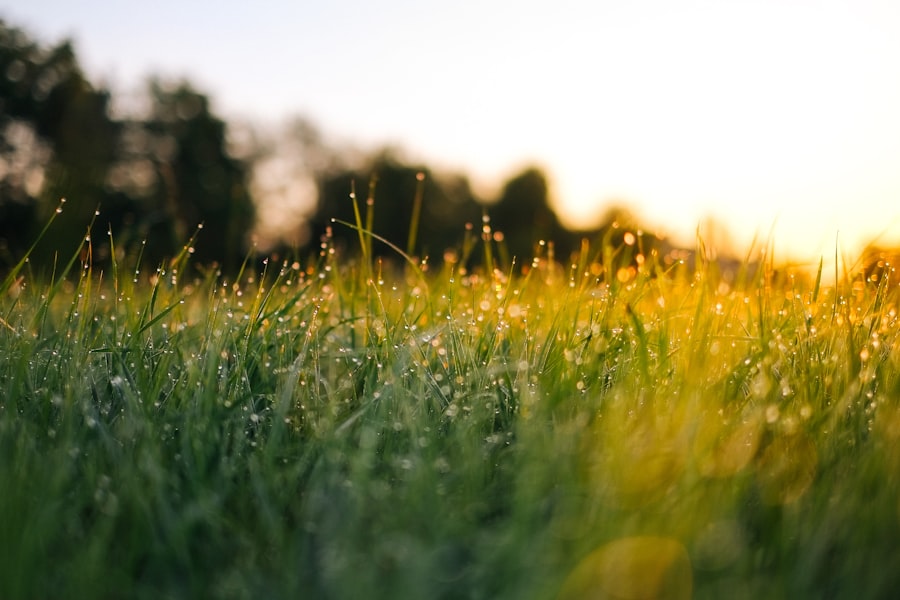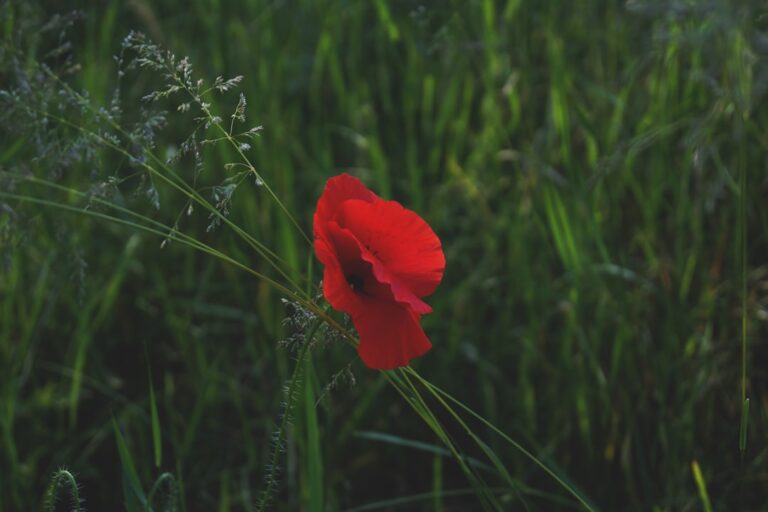Grass jelly, known scientifically as Mesona chinensis, is a traditional dessert originating from East and Southeast Asia. This unique jelly is derived from the leaves of the grass jelly plant, which is a member of the mint family. The process of making grass jelly involves boiling the leaves to extract their natural gelatinous properties, followed by cooling the mixture until it solidifies into a jelly-like consistency.
The resulting product is typically dark brown or black in color and has a slightly bitter taste, which can be balanced with sweeteners or other flavorings. In various cultures, grass jelly is enjoyed in a multitude of ways. In Taiwan, it is often served in bowls with syrup, fruits, or shaved ice, while in Malaysia and Singapore, it is commonly found in desserts like “ais kacang” or as a topping for “cendol.” The versatility of grass jelly allows it to be incorporated into both sweet and savory dishes, making it a popular ingredient in many culinary traditions.
Its unique texture and flavor profile have made it a beloved treat across different regions, appealing to those who appreciate its refreshing qualities.
Key Takeaways
- Grass jelly is a traditional Southeast Asian dessert made from the leaves and stalks of the mesona chinensis plant.
- Grass jelly is low in calories and high in fiber, making it a good choice for digestive health and weight management.
- Grass jelly contains antioxidants that help protect the body from oxidative stress and may reduce the risk of chronic diseases.
- The jelly has potential anti-inflammatory effects, which may help reduce inflammation in the body and support overall health.
- Grass jelly can be incorporated into your diet by adding it to drinks, desserts, or as a topping for yogurt or fruit salads.
Nutritional Profile of Grass Jelly
Grass jelly is not only a delightful addition to various dishes but also boasts an impressive nutritional profile. It is low in calories, making it an attractive option for those looking to indulge without the guilt associated with higher-calorie desserts. A typical serving of grass jelly contains minimal fat and carbohydrates, which contributes to its reputation as a health-conscious choice.
Additionally, it is often praised for its high water content, which can aid in hydration. Beyond its caloric content, grass jelly contains several essential nutrients. It is a source of dietary fiber, which plays a crucial role in digestive health by promoting regular bowel movements and preventing constipation.
Furthermore, grass jelly contains small amounts of vitamins and minerals such as calcium, iron, and magnesium. These nutrients contribute to overall well-being and support various bodily functions. While it may not be a superfood in the traditional sense, its combination of low calories and beneficial nutrients makes it a worthy addition to a balanced diet.
Digestive Health Benefits

The digestive health benefits of grass jelly are particularly noteworthy. The dietary fiber present in grass jelly aids in promoting gut health by facilitating regular bowel movements. Fiber is essential for maintaining a healthy digestive system, as it adds bulk to the stool and helps prevent constipation.
By incorporating grass jelly into one’s diet, individuals may experience improved digestive function and reduced discomfort associated with irregular bowel habits. Moreover, grass jelly has been traditionally used in various cultures as a remedy for digestive issues. In some Asian communities, it is believed to have cooling properties that can soothe the stomach and alleviate symptoms such as bloating or indigestion.
The gelatinous texture of grass jelly may also help coat the digestive tract, providing a soothing effect that can ease irritation. While scientific research on these specific claims may be limited, anecdotal evidence suggests that many people find relief from digestive discomfort when consuming grass jelly regularly.
Antioxidant Properties
| Antioxidant Properties | Benefits |
|---|---|
| Vitamin C | Helps protect cells from damage, supports the immune system |
| Vitamin E | Protects cells from damage, supports skin health |
| Flavonoids | May help reduce the risk of chronic diseases |
Antioxidants play a vital role in protecting the body from oxidative stress caused by free radicals. Grass jelly contains several compounds that exhibit antioxidant properties, which can help combat cellular damage and reduce the risk of chronic diseases. The presence of flavonoids and phenolic compounds in grass jelly contributes to its ability to neutralize free radicals and promote overall health.
Research has shown that antioxidants can have a positive impact on various aspects of health, including heart health and immune function. By incorporating grass jelly into one’s diet, individuals may benefit from these protective effects. For instance, the consumption of antioxidant-rich foods has been linked to a lower risk of cardiovascular diseases and certain types of cancer.
While more research is needed to fully understand the extent of grass jelly’s antioxidant capabilities, its inclusion in a diet rich in fruits and vegetables can certainly enhance overall antioxidant intake.
Potential Anti-inflammatory Effects
Inflammation is a natural response of the body to injury or infection; however, chronic inflammation can lead to various health issues, including autoimmune diseases and metabolic disorders. Some studies suggest that certain compounds found in grass jelly may possess anti-inflammatory properties that could help mitigate these risks. The presence of bioactive compounds such as flavonoids may contribute to this effect by inhibiting inflammatory pathways in the body.
In traditional medicine practices, grass jelly has been used for its purported ability to reduce inflammation and promote healing. While scientific evidence supporting these claims is still emerging, preliminary studies indicate that the consumption of foods rich in anti-inflammatory compounds can lead to improved health outcomes.
Skin Health Benefits

The benefits of grass jelly extend beyond internal health; it also offers potential advantages for skin health. The hydrating properties of grass jelly make it an excellent ingredient for skincare formulations. Its high water content can help moisturize the skin, making it feel soft and supple.
Additionally, the antioxidants present in grass jelly may protect the skin from environmental stressors such as pollution and UV radiation.
The gelatinous texture can provide a protective barrier on the skin’s surface, promoting healing and reducing inflammation.
While more research is needed to establish definitive links between grass jelly consumption and skin health improvements, many individuals report positive effects when incorporating this ingredient into their skincare routines or diets.
Weight Management Support
For those seeking to manage their weight effectively, grass jelly can be a valuable ally due to its low-calorie content and high water content. Foods that are low in calories but high in volume can help individuals feel full without consuming excessive calories. Grass jelly’s unique texture allows it to be incorporated into various dishes without significantly increasing caloric intake.
Additionally, the fiber content in grass jelly can contribute to feelings of satiety. Fiber-rich foods are known to promote fullness by slowing down digestion and regulating blood sugar levels. This can help prevent overeating and support weight management efforts.
By including grass jelly as part of a balanced diet alongside other nutrient-dense foods, individuals may find it easier to maintain their weight or achieve their weight loss goals.
How to Incorporate Grass Jelly into Your Diet
Incorporating grass jelly into your diet can be both enjoyable and versatile. One popular way to enjoy this delicacy is by serving it chilled with sweetened syrup or coconut milk over shaved ice—a refreshing treat perfect for hot weather. This combination not only enhances the flavor but also adds additional nutrients from the coconut milk.
Another creative way to use grass jelly is by adding it to smoothies or fruit salads for an extra layer of texture and nutrition. Blending grass jelly with fruits like bananas or mangoes can create a deliciously creamy smoothie that retains the unique qualities of the jelly while boosting its nutritional value. Additionally, using grass jelly as a topping for yogurt or oatmeal can provide an interesting twist on traditional breakfast options.
For those who enjoy baking or cooking, grass jelly can be incorporated into desserts such as puddings or cakes for added moisture and flavor complexity. Its unique taste pairs well with various ingredients, allowing for endless culinary experimentation. Whether enjoyed as a standalone dessert or integrated into other dishes, grass jelly offers numerous possibilities for enhancing your diet while reaping its health benefits.
If you’re interested in exploring the cultural significance of grass jelly, you may also enjoy reading about Indian society and its various concepts and institutions. This article delves into the complexities of Indian society and offers insights into its unique traditions and practices. To learn more, check out Understanding Indian Society: Exploring Concepts and Institutions.
FAQs
What is grass jelly?
Grass jelly, also known as leaf jelly or xiancao, is a type of jelly-like dessert made from the leaves of the Mesona chinensis plant. It is a popular ingredient in Asian desserts and drinks.
What does grass jelly taste like?
Grass jelly has a slightly bitter and herbal taste, with a hint of sweetness. It is often described as having a refreshing and cooling flavor.
How is grass jelly made?
Grass jelly is made by boiling the leaves of the Mesona chinensis plant with potassium carbonate and then cooling the mixture to form a jelly-like substance. It can be served in its solid form or as a drink when mixed with water and sugar.
Is grass jelly healthy?
Grass jelly is low in calories and contains some beneficial nutrients, such as fiber and antioxidants. It is also believed to have cooling properties and is often consumed during hot weather to help cool the body.
What are the common uses of grass jelly?
Grass jelly is commonly used in Asian desserts, such as grass jelly with syrup or mixed with fruits and ice. It is also used as an ingredient in drinks, such as grass jelly milk tea or grass jelly with coconut milk.
Where can I buy grass jelly?
Grass jelly can be found in Asian grocery stores, specialty food stores, and online retailers. It is available in both canned and packaged forms.
























+ There are no comments
Add yours